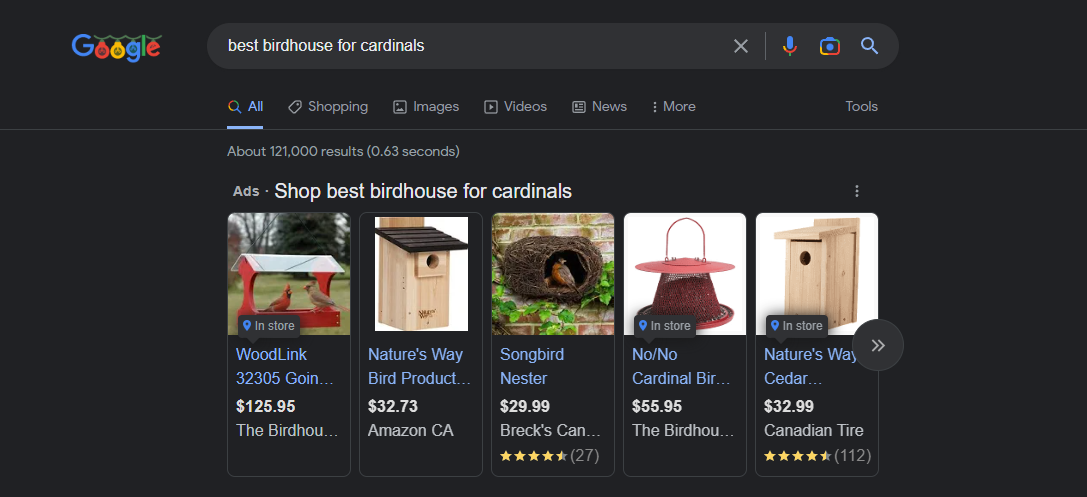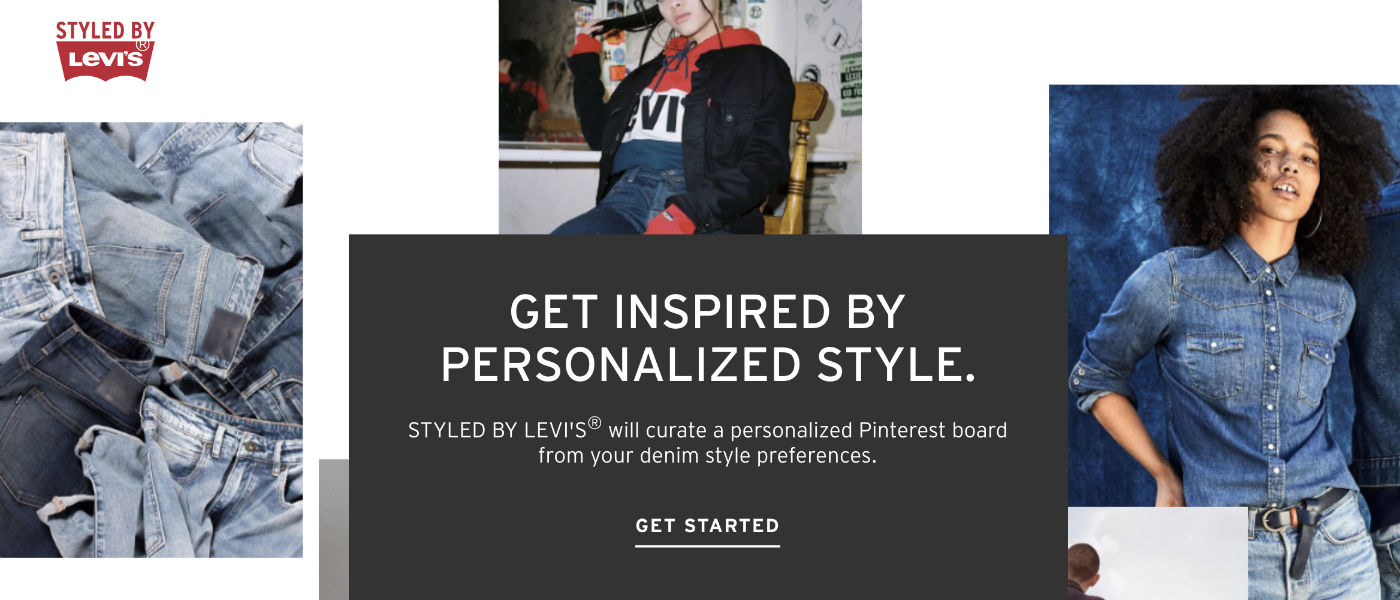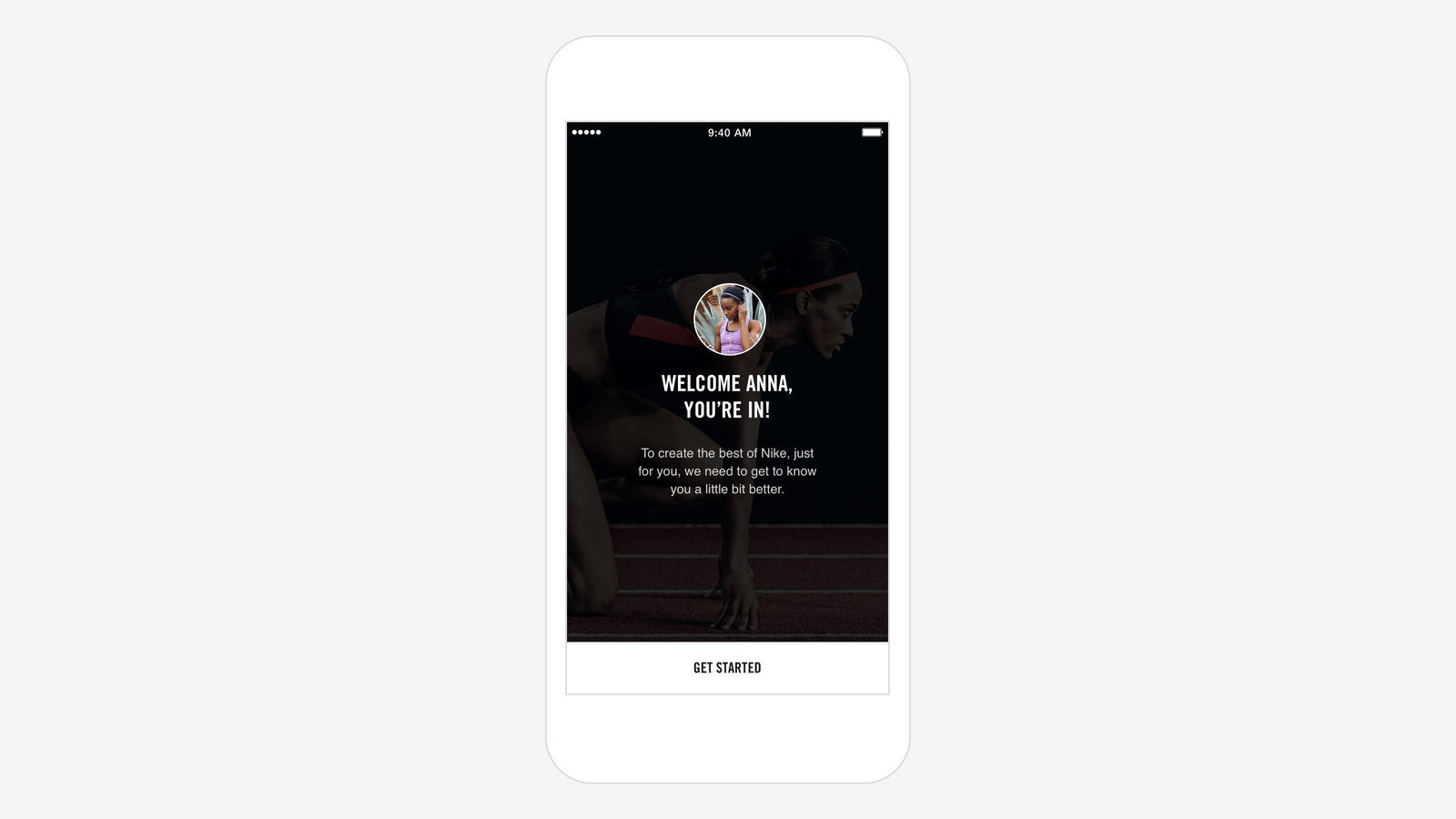In 1996, Bill Gates wrote a simple phrase that has been used (and over-used) by digital marketers ever since: Content is king.
He was right. Content is a crucial part of basically every online activity today. An entirely new branch of marketing was born thanks to the proliferation of the internet, and its importance to the average brand is proof of the power of quality content.
But you can’t just create content and expect it to do something for your brand. Content on its own does nothing. For content to work in marketing, you need a distribution plan.
You thought I was going to say context, didn’t you? Hang on, we’re almost there.
Your distribution plan ensures people see your content. It expands your reach and allows you to connect with your audience. Your content will go nowhere — literally — if you don’t distribute it.
But I’m not here to talk about distribution (if that’s what you’re here for, you’ll like this article). Today, I’m going to talk about context, because that’s precisely what makes content so meaningful to your reader, and it can even help improve your distribution strategy.

Context vs Content Marketing: The Difference Between Them
If content is king, context is queen.
You need your king standing to win a game of chess, but you’ll have a greater chance of success when your queen is still in play.
Content is any material that you can share with your audience, such as:
- Blog posts.
- Videos.
- Sell sheets.
- Product descriptions.
- Case studies, and more.
Context is the setting or circumstance in which a person sees your content that gives it meaning. Context can come from any number of sources, such as:
- The time of day.
- A person’s job title.
- The beginning of an organization’s fiscal year.
- Whether or not a person even knows about your company — that’s context, too.
Context can apply to situations that are very personal and nuanced, but they can also be wide-reaching, too. The coronavirus pandemic brought new context to many brands’ marketing directions. Seasonality and community traditions are contexts for local businesses trying to capture attention from shoppers.
What Is Context Marketing?
As a marketer, you have no control over any person’s specific situation. But, with the right tools and strategy, you can have control over the context in which your content is received by determining the circumstances in which it is shared.
Context marketing is the practice of delivering the right marketing message to the right person at precisely the right moment.
It’s more important than content marketing alone because we are all surrounded by an endless amount of content on a daily basis. We see thousands of ads every day; naturally, they lose their impact on the average consumer.
Context marketing adds a new dimension to your content so that the people who see it connect with it on a more personal level. It speaks to a specific challenge that consumers may be facing, or a specific interest they have.
This new iteration of digital marketing depends heavily on artificial intelligence, such as search algorithms, PPC bidding mechanisms, social listening tools and modern CRM software with AI Integrations.
Subscribe to
The Content Marketer
Get weekly insights, advice and opinions about all things digital marketing.
Thank you for subscribing to The Content Marketer!
Context Marketing Examples
OK, so now that we know the difference between content and context and the meaning of each, let’s explore some different ways context marketing has been used in real life:
1. Google’s Ads Carousel
Google’s Ads carousel on its search engine results pages is one of the most relevant and straightforward examples of context marketing. It’s simple: You search for something — anything (but usually a product) — and Google will show you relevant featured items that you can purchase based on the context of your search.
Interested in which humble accommodation is best-suited for a cardinal? Google will show you a few options. Here’s what it looks like:

2. Facebook Ads
Facebook has a pretty solid contextual advertising strategy in place. If you’ve ever joined a group or liked a page, the Facebook algorithm is programmed to serve you relevant ads based on the context of those groups and pages.
For example, if you join a carpentry or woodworking group, you might be shown ads for tools or safety gear. Or, if you’ve become part of a Facebook fanclub for one of your favorite shows or movies, the algorithm might serve you ads for merchandise related to that piece of media.
3. Styled by Levi’s — A Pinterest Partnership
Pinterest, an image sharing and social media site used by millions, often serves as the go-to place for those in need of fashion inspiration. At the end of 2018, its partnership with the iconic clothing brand Levi’s felt as natural as a perfect pair of well-worn jeans.

The brands worked together to develop a tool that offers a first-in-market, personalized styling experience based on a visual questionnaire and style insights from users’ individual Pinterest activity. After doing the short quiz, users are automatically given a Pinterest board that suggests clothing tailored to their taste as well as an editorial image to spark ideas for how to wear them.
For its fashion-forward users, Pinterest serves as the context in this example, whereas Levi’s data-driven, personalized styling experience acts as the content.
4. Get Moving With Nike and Apple
Nike and Apple are no strangers, having worked together to create some of the world’s most well-known products and campaigns for over 20 years. However, the brands’ ongoing work on the Nike+ app might just be the ultimate masterclass in context marketing.
The partnership started as a way to bring music from Apple (the content) to Nike customers’ workouts (the context) through Nike+iPod. Since then, the collaboration has evolved to become what we now know as Nike+.

Using activity tracking technology built into athletic gear, users’ Apple iPhone apps automatically sync, track and record workout data with ease. As it nears its 6th birthday, the app continuously offers users new improvements, more personalized content and other add-ons to take their workouts to the next level.
How To Fold Relevant Context Into Each Piece of Content
Context can make a big difference in your digital marketing success, however, it’s important to approach context marketing thoughtfully. Without a strong plan and the right data, your context marketing strategy will, well, lack context.
Follow these steps to build out your context marketing strategy:
1. Know Your Audience
The most important part of the real-world marketing efforts we covered was that each brand knew their audience really well. They had given a lot of attention to the thought process these people were likely going through. If you don’t already have detailed buyer personas and targeted audience examples, now is the time to make them.
2. Consider Their Pain Points and Obstacles
Context marketing aims to make the customer journey more intuitive and streamlined for the buyer. Find out where in the sales funnel people get hung up, and why. Use this information to brainstorm ideas on how to help them overcome these obstacles.
3. Create Supportive Content
Your content strategy should be based on the obstacles you need to help your potential customers overcome. For example, if customers have trouble understanding how your solutions address their specific needs, consider creating case studies, informational articles or explainer videos to demonstrate this. If customers are unsure which solution is right for them, create product sheets that detail specifications of each of your products or services. If one of your challenges is brand awareness, create introductory content like an “about us” video.
4. Use Personalization Tags Or Dynamic Features
Here’s where your marketing automation software and CRM data will come into play. Context marketing is all about personalizing experiences whenever possible. Set up triggers that will provide the most helpful information to your audience at the right time.
Here are some ideas on what context marketing might actually look like:
- A retail website deploys a chatbot to ask potential customers if they need help after they’ve visited multiple product pages.
- A retargeting ad is displayed in search or on social media after a prospect visits a product page without making a purchase.
- A cart abandonment email is sent to a user after leaving a website without buying the items in their cart.
- A smart form displays new fields the second time a site visitor fills out a form to collect unique information without making the user re-enter the same basic details.
- A case study is emailed to a prospect who has downloaded a white paper and visited a product page.
- A mobile ad is displayed when a user is in proximity of a retail location.
Where Content Marketing Becomes Context Marketing
Let’s go back to the beginning of all of this. The concept of content being king is a nice and tidy phrase that digital marketers love to repeat.
But since we’re on the topic of context, let’s look at the context in which Gates wrote it.
The internet was in its infancy. Google wouldn’t even appear for another two years. Gates talked about Microsoft’s emerging news venture called MSNBC.
Despite how early in the age of the internet this essay was written, Gates had a clear view of what would carry out over the next several decades. One part, in particular, stands out to me as almost prophetic:
“If people are to be expected to put up with turning on a computer to read a screen, they must be rewarded with deep and extremely up-to-date information that they can explore at will. They need to have audio, and possibly video. They need an opportunity for personal involvement that goes far beyond that offered through the letters-to-the-editor pages of print magazines.”
This is still true today; if we expect people to tune into our brands, or spend their time researching our products, we have to make it a personalized and rewarding experience. We can’t expect people to pay attention to us just because we’ve worked hard at creating content for them.
Instead, it’s up to us as marketers to make sure our audiences are seeing content they’re actually interested in, in a way that resonates with them and at the right moment in their daily lives. That’s where content marketing becomes context marketing.
Editor’s Note: Updated January 2023.






